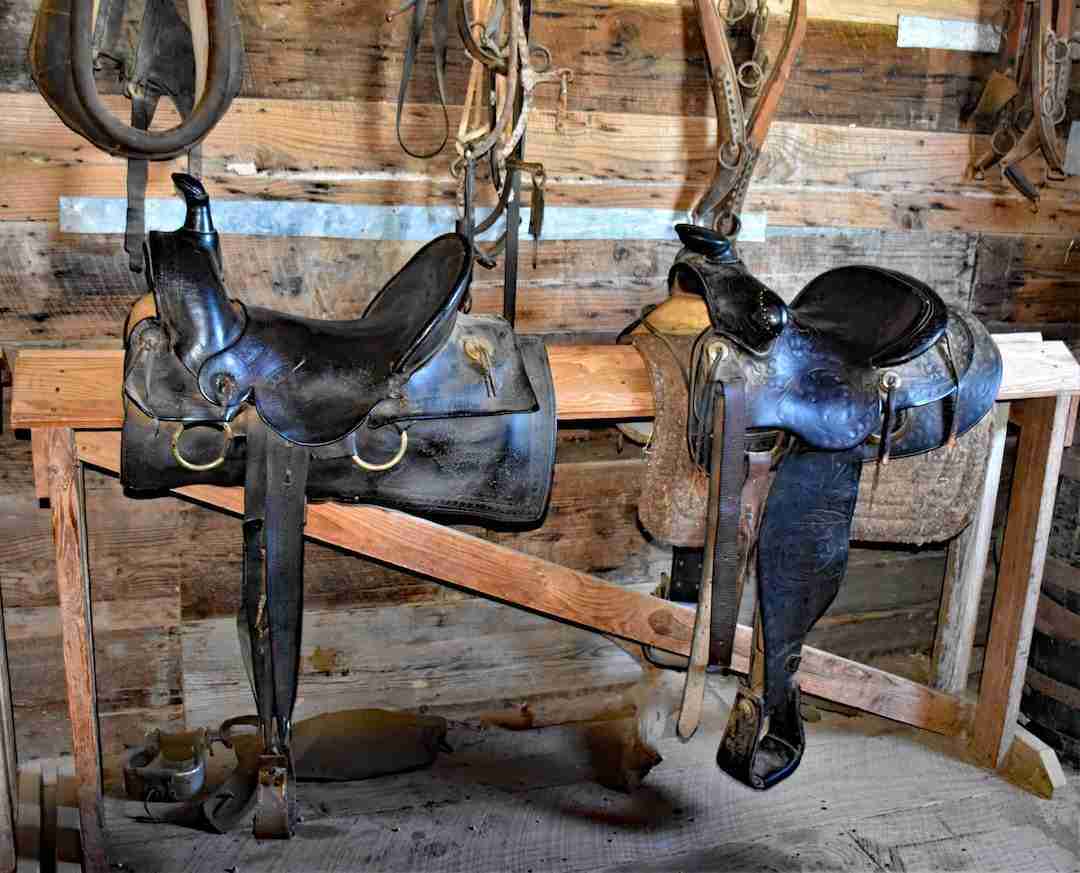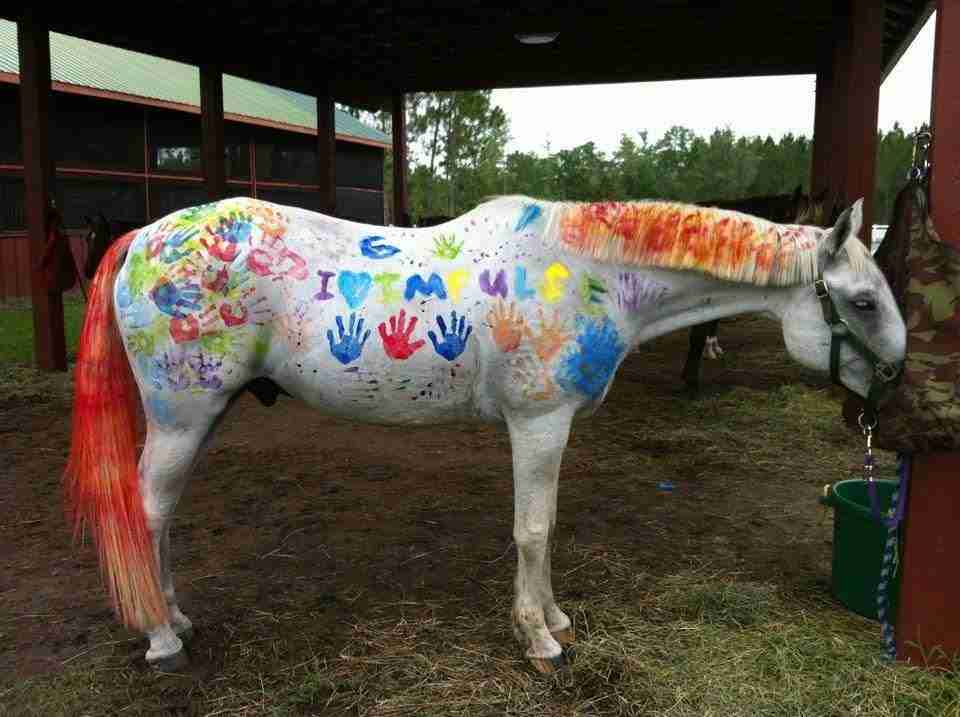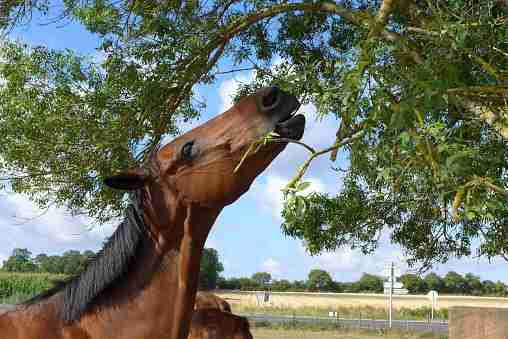There are about fifty North American Horse Breeds, each with specific characteristics, bloodlines, and origins. In addition, these purebred horses are registered and recorded with a documented history in a stud book, showcasing their parentage and pedigree. However, a Grade Horse has no registration papers; therefore, no written confirmation of its history, bloodline, or originating breeds.
Typically, any horse that is not registered to any horse association is a grade horse. These horses may be purebred or from a mixture of breeds with no documented breeding history. In addition, a grade horse can also be a registered purebred that has lost proof of registration documents.
To purebred or to grade horse, that is the question. It all depends on what your horse plans are. In addition, there is a significant difference in cost, and therefore, budget plays a role. So, what is a grade horse? What are this stunning, undocumented horse type’s differences, pros, cons, and history? We researched and found the answers to all these questions and more exciting information.
All You Need To Know About Grade Horses
You will find that the equine world consists mainly of grade horses. There are many reasons for this phenomenon; for example, owners did not find it necessary to go through the registration process, and others did not identify their horses with a specific breed and could not register the horse. Nevertheless, all these horses will fall in the grade horse category.
What Is The Definition Of A Grade Horse?
Firstly, grade horses, in the sense of unpedigreed horses, have nothing to do with horse racing graded horses. Those are different horses. A “Grade Horse” is a name given to horses that aren’t registered and do not have a documented breeding history. In addition, when horses are crossbred to the point that it has become indistinguishable from a particular horse breed, it becomes grade horse.
The 7 Typical Origins Of Grade Horses
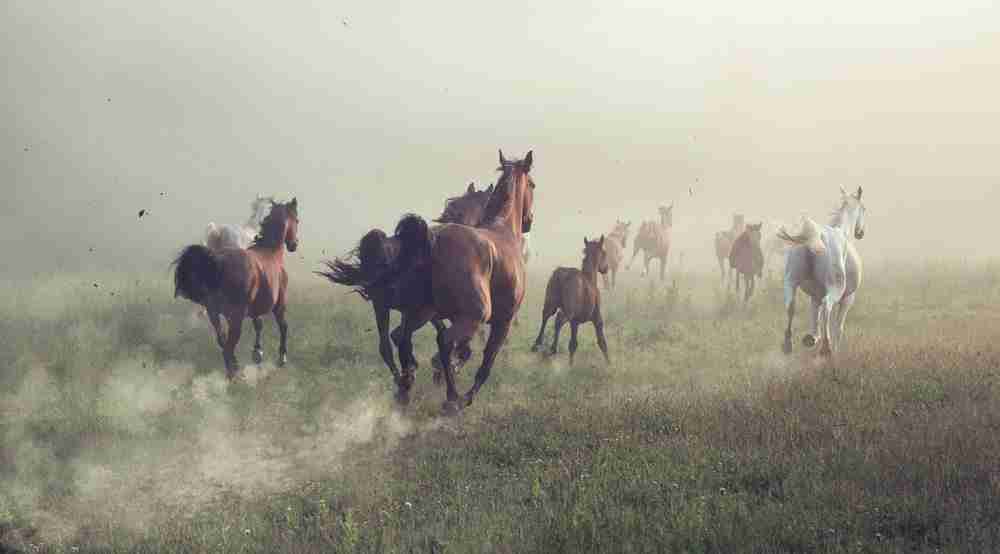
Mixed breed animals can be the result when breeding with other animal types. In horses, we do not use the “Mixed Breed” term. Instead, we refer to horses that are not offspring from a recognized purebred breed as “Grade Horses.” It is common practice that if you know the exact parentage of a horse, then that horse will fall within that breed category. In contrast, if you don’t, then you have a grade horse.
A grade horse does not depict a specific breed; it classifies that the horse is undocumented on any of the accepted breed registries. There are many reasons for these horses to be unregistered, and in addition, the origins of grade horses go as far back as the Morgan horses, which were the first American breed. Some typical reasons for the existence of grade horses are listed below.
The horse was never registered. One reason for the existence of grade horses is that they are unregistered with any breed registry. Therefore, whether the horse is purebred or, a crossbreed does not matter.
The registration papers were lost. A horse will also fall into the grade horse category when its registration documents were lost or never transferred with the horse to its new owner. There may be methods to register this horse again, which we will discuss later.
The horse is not eligible for registration. This category of grade horses is the largest as many grade horses result from unintentional or accidental breeding. Therefore, although the parentage is known or not, the horse does not belong to an authorized breed pool and cannot be registered.
Informal horse breeding. In other cases, when the stallion-dad of the horse is not known, or neither parent is documented, then the offspring also cannot be registered and becomes a grade horse. Informal horse breeding commonly referred to as “backyard breeding,” can be a mix of registered or unregistered crosses that typically result in grade horses.
People do not breed horses for registries. Many people breed good quality grade horses for specific purposes other than for a new breed, shows, or competitions. Therefore, they feel they will not gain anything from registering. An exception may be if you breed for a popular half-bred registry. However, there are few half-breed registries, and most do not have horse shows or other beneficial opportunities.
Crossbred horses can be grade horses. This statement is partially true as crossbreds with pedigree ancestry on both sides are often the start of a new breed. However, before that successful stage in the breeding process, they are all grade horses. In addition, a new batch of grades is born if the breeding process is unsuccessful or discarded.
Examples of mixed-grade horses that eventually became a new registered breed are the Irish Sport Horse, the Quarab, and the Anglo-Arabian. In addition, sometimes registrations fail as obtaining all the required info for older purebreds with known pedigrees can be challenging.
Half-breed horses can be grade horses. Many people breed with grade mares and purebred stallions and register their foals. So, a half-breed horse crosses a thoroughbred and another horse breed. However, it depends on the breed type, as not all of them have a half-bred horse registry; therefore, intending to breed a registered half-bred horse, you end with a grade horse.
In addition, breeding grade mares for half registries, but then they never register their foals. One possible reason is that getting all the required registration information is difficult.
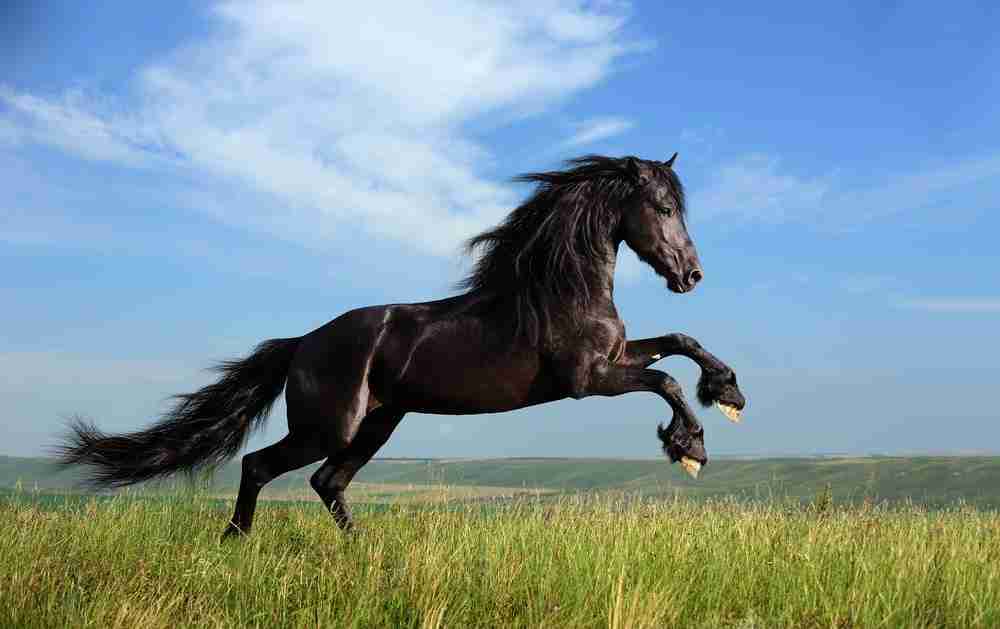
The Pros And Cons Of Grade Horses
Firstly, if you are involved in horse breeding, shows, or competitions that are more suited for purebreds, grade horses will have no benefits. However, for everybody else, the pros outweigh the cons by far. Below, we have listed the typical grade horse’s pros and cons for the average horse owner.
The Pros Of Grade Horses
- A registered horse with up-to-date documentation will be more expensive than a grade horse
- Grade horses may be a purebred that is just not registered
- Many grade horses are less prone to certain genetic illnesses
- Grade horses come in all shapes and sizes, providing more extensive options
- Grade horses are versatile and not specifically tasked as purebred horses
The Cons Of Grade Horses
- You do not know what you are buying as there is no parentage history
- You can’t choose a specific horse type with specific trades
- You can’t breed purebreds with a grade mare
What Is The Purpose Of Horse Registries?
In general, horse registries serve two primary purposes. – competition and breeding. So, if you intend to do and participate in either, you should become a member and register your horses. Although having your horse on a registry, the quality of the horse remains of utmost importance.
Quality horse registries keep pedigree information and maintain the high standards in their breed by local and larger horse shows. In addition, some registries are mainly for documentation and find other ways to be useful for their respective association. For example, the Pinto Horse Association has an extensive registry and world shows attended by more than 30,000 people.
There is a Half Arabian registry that serves similar purposes, but other than that, other half-breed registries tend to be only for a record of ownership. In addition, Half-Arabs participate in the same shows as their purebred families; however, they have their separate classes and categories.
Therefore, if you are not interested in competitions or do not specialize in specific horse breeds, you may not find the need or benefit of registering. In addition, if your interests are more in casual and pleasure riding, you may want to focus more on the horse’s temperament than its breed.
What Is a Grade Horse Breed?
Some people would want to know what breed type their grade horse is. So, typically, you do not have registration documents as the horse was never registered, or the papers were somehow lost. In addition, you need to make sure of the horse’s parentage or bloodline.
Mostly, it will be an educated guess, even for experts familiar with the characteristics of well-known breeds. Therefore, it is no guarantee as many equine vets have mistaken a horse’s breed, especially when the horse has few breed traits or may resemble another horse breed. Nevertheless, here are some indicators to follow that may be helpful.
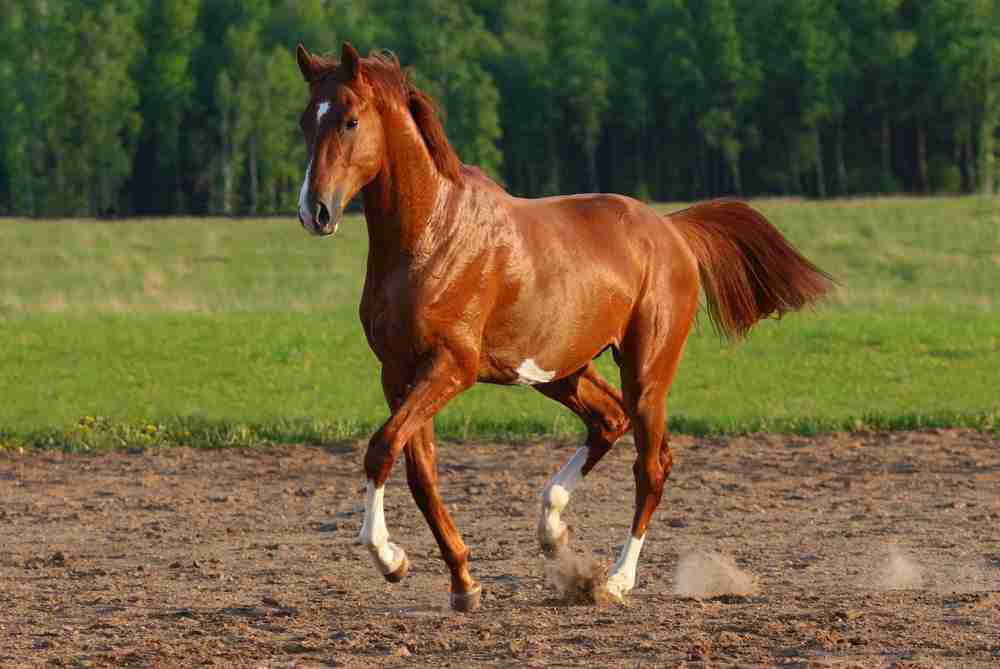
Look For Specific Equine Characteristics
Firstly, try and match the horse’s look and build with a specific breed type. This option will narrow the seats down to a horse type. For example, if the horse is compact and muscular, it may relate to a quarter horse. In addition, looking at the distinct colors may indicate some of the color breeds, such as paints or palominos.
Other examples to help classify a particular breed type are the hot-bloods, Arabians, and thoroughbreds. In addition, the warmbloods have specific characteristics, and draft horses can easily be identified because of their size and bulk.
In addition, the saddle horses such as the American Saddlebred, and the Morgan, will distinctly have upright necks, heads, and tails. Lastly, gaited breeds like the Tennessee Walker often have visible characteristics in how they move.
Horse Tattoos Or Brand Markings
If you are lucky and the horse does have a tattoo, then you have found the easiest method to identify the horse. There are typically three marker identifications used on horses. First, check its upper lip for a tattoo. You can also look at the neck for a freeze brand and, alternatively, any other part of the horse’s body for branding marks.
Do A DNA Test
The DNA test will not tell you what breed type horse you have, but it could give you some helpful information on the horse. For example, it may reveal if the bloodline is indeed what you expected. In addition, a genetic disease test will indicate if the horse is prone to specific disorders. Therefore, you may also narrow the horse down to certain breeds with similar characteristics.
Can I Enter My Grade Horse In Shows And Competitions?
Grade horses are not registered and sometimes do not have a family tree. Therefore, they are much cheaper than other breeds and are an excellent choice if you want to start in showjumping or other horse-related sport. In addition, you can also show a grade horse in open shows and competitions.
However, many shows are restricted by breed, but some have open categories that will allow the participation of other horse breeds or grade horses. In addition, papers may be required to compete professionally in certain events, like jumping or horse racing.
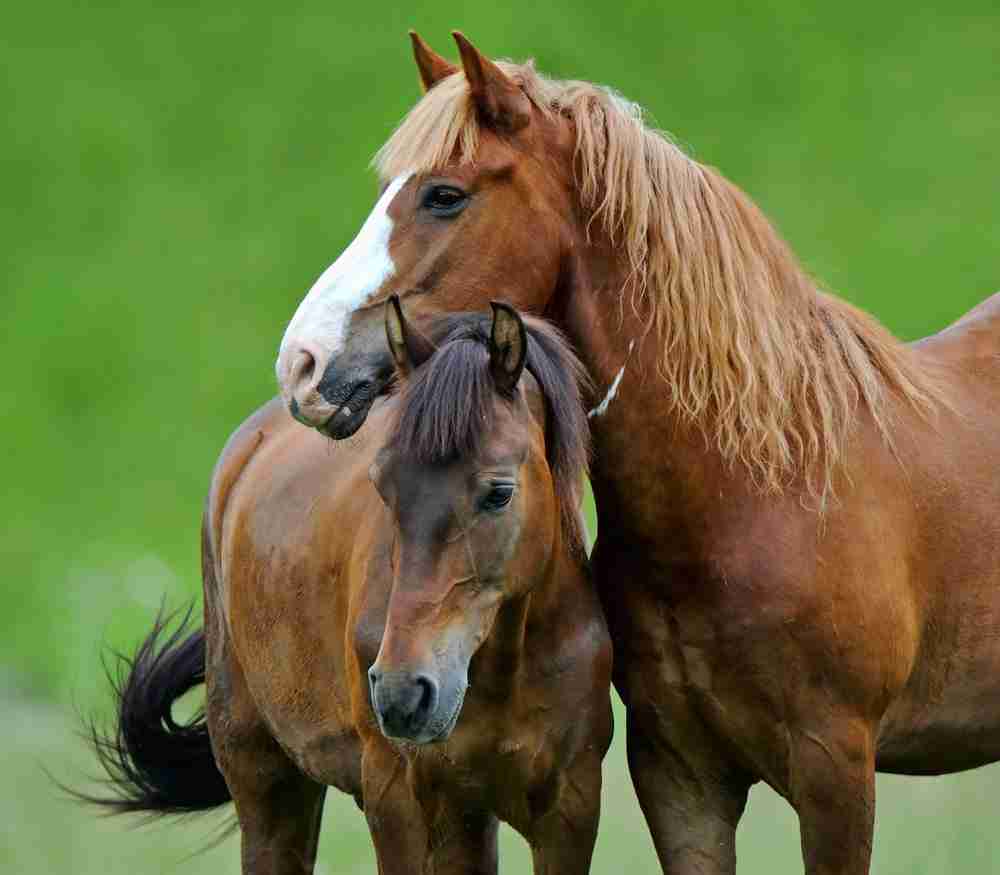
How Can I Register My Horse?
There are a host of various associations and federations that manage different registrations. Therefore, horse registrations can vary according to their rules. In addition, each organization offers different membership types and benefits. For example, some focus on breed-specific horse shows, and others relate to equestrian events. However, most will require proof of ownership and specific horse criteria.
- Identify the specific known breed of your horse
- Ensure your horse is purebred and will identify as such
- Look for that breed associations
- Contact the breed association
- Complete the application for registration
- Take and include photos with the application
- You may also apply for purebred registration
- Retrieve and complete all the required application forms
- Submit the application
- Pay the necessary application and membership fees
Other Articles To Read:
What Are Cold, Warm, And Hot-Blooded Horses?
Throughout the breeding processes over the decades, horses displayed various breeding characteristics and temperaments. Therefore, horses are generally categorized on a high level as either cold, warm, or hot blood horses.
Cold-blood horses are mostly the draft breeds like Clydesdales and Belgians. They are large and heavy to do agricultural work. Therefore, they have a calm and serene temperament. They originate primarily from European breeds also used for heavy farming work.
Traditionally, warm-blooded horses are the result of crossing hot and cold-blooded horses. As a result, they relate well to sports horses and are mostly middleweight horses. Typically, they have a calmer temperament than hot-blood horses but are more contentious than cold-blood horses. Warm-blood horses have a history of breeding between Thoroughbreds and Drafts. Examples are Arabian and Thoroughbred horses.
In addition, Hot-blooded horses originate from the Middle East and North Africa and are fine-coated, light-bodied horses. Their main characteristics are speed and stamina; therefore, you will find them at horse races or other long-distance horse competitions.
The Breed Types Resulting From Crossbreeding Horses
Crossbreeding horses is a century-old method to breed horses with certain features and characteristics for specific tasks. In addition, it is the base of the equine industry and has brought forth various pure breeds. Similarly, it also creates grade horses, which are good all-rounders loved by many horse owners. Therefore, every successful breed crossing has a unique name. Some examples are below.
Thoroughbred horses are part of hot-blooded breeds with agility and speed. Thoroughbreds are typically the breed known for their use in horse racing
A purebred horse is the opposite of a grade horse. It has a known parentage and pedigree and is registered. Purebred horses set the working standard in their specific disciplines
A half-bred horse is a result when crossing a thoroughbred and another horse. For example, an Anglo Arab is the offspring with one Thoroughbred parent and one Arabian parent.
A draft breed horse is a cold-blooded, large, heavy, and muscular horse for doing work pulling heavy loads such as plowing. Example breeds are Belgian and Clydesdale horses.
Conclusion
Grade horses originate from all breeding programs, either formal or informal. Once a horse is not found on any breed’s register and does not have parentage history, it classifies as a grade horse. Grade horses may also be mixed breed or purebreds and are typically non-specific family horses.
Resources






